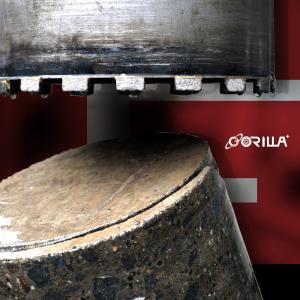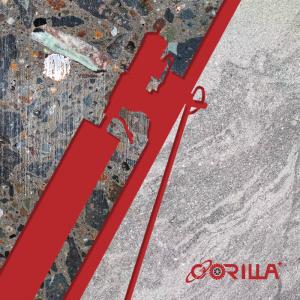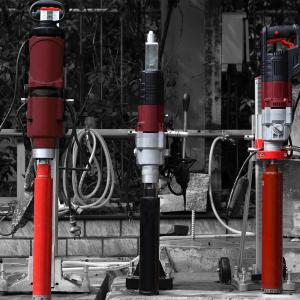Exploring Stitch Coring: The Application and Development of Precision Drilling Technology
Stitch Coring is a unique drilling method that creates a series of interconnected holes to complete large openings or cuts. This technique is widely used in construction, infrastructure, and tunneling projects, facilitating precise drilling in hard materials like concrete and rock. In this blog post, we will explore the applications of Stitch Coring, the importance of equipment selection, and key operational considerations.
What is Stitch Coring?
In simple terms, Stitch Coring technology drills a series of continuous small holes to form a large opening, which can be used for installing large pipes, cables, or other equipment. Compared to traditional cutting methods, this technique causes less damage to the structure and offers flexibility and adjustable sizes, making it an ideal choice for many specialized projects.
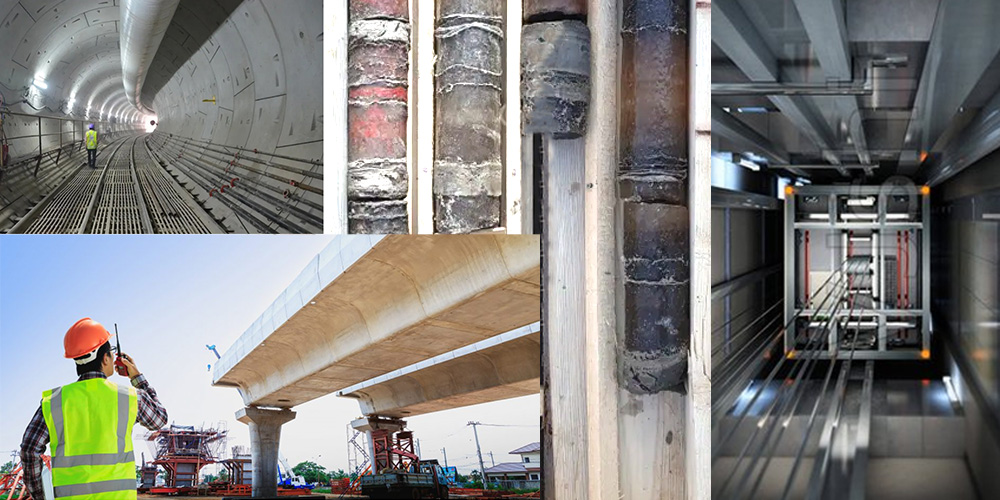 Typical Application Scenarios
Typical Application Scenarios
Stitch Coring demonstrates unique advantages in various construction and engineering projects:
- Municipal Pipeline and Cable Passage Installation In municipal and industrial facilities, Stitch Coring can create large openings in walls or underground for laying large pipes and cables.
- Elevator Shafts and Ventilation Duct Installation High-rise buildings often require large passages through solid concrete structures for installing elevator shafts or ventilation ducts. Stitch Coring can efficiently accomplish such tasks, especially in retrofitting existing structures.
- Tunnel and Bridge Reinforcement and Maintenance Stitch Coring is also used in the reinforcement of tunnels and bridges, providing access points for maintenance without causing unnecessary damage to the overall structure.
- Geological Sampling and Analysis In geological engineering, drilling rock core samples for analysis, Stitch Coring can provide continuous samples within a certain range, aiding in the in-depth study of geological structures.
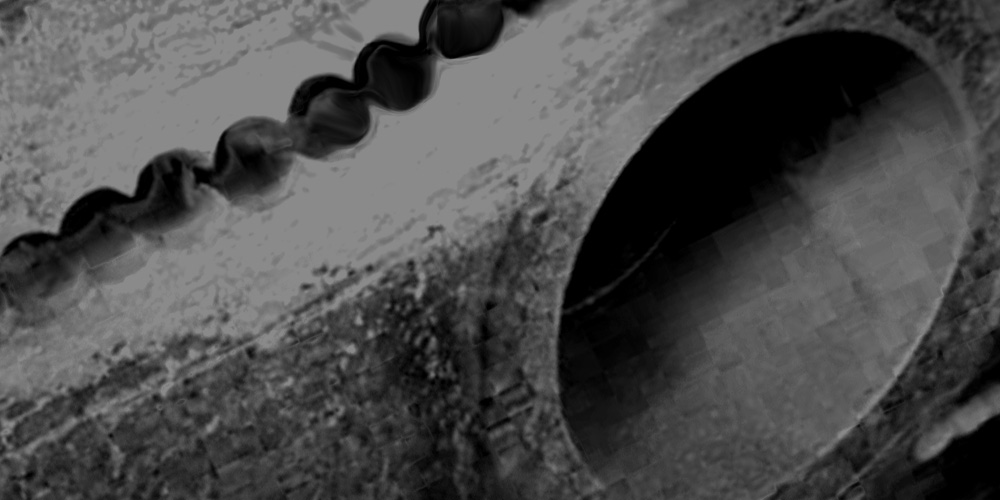 The Importance of Equipment Selection
The Importance of Equipment Selection
The choice of equipment for Stitch Coring is crucial for ensuring efficient drilling, mainly involving handheld and bench-mounted drilling machines:
Handheld Drills For instance, the DD22H, this portable drill is suitable for high-density Stitch Coring scenarios. Handheld drills are lightweight and flexible, allowing for mounting on a stand to adapt to angled drilling needs.
Bench-mounted Drills The DD35, this type of drill is suitable for large-diameter drilling, especially for large-scale openings in tunnels and public drainage systems. The DBC33 typically features three-speed settings and can achieve a maximum drilling diameter of 500mm, making it widely applicable in deep drilling projects like wind power generation. Its motor connection dimensions are also compatible with European brands like WEKA, significantly enhancing equipment compatibility.
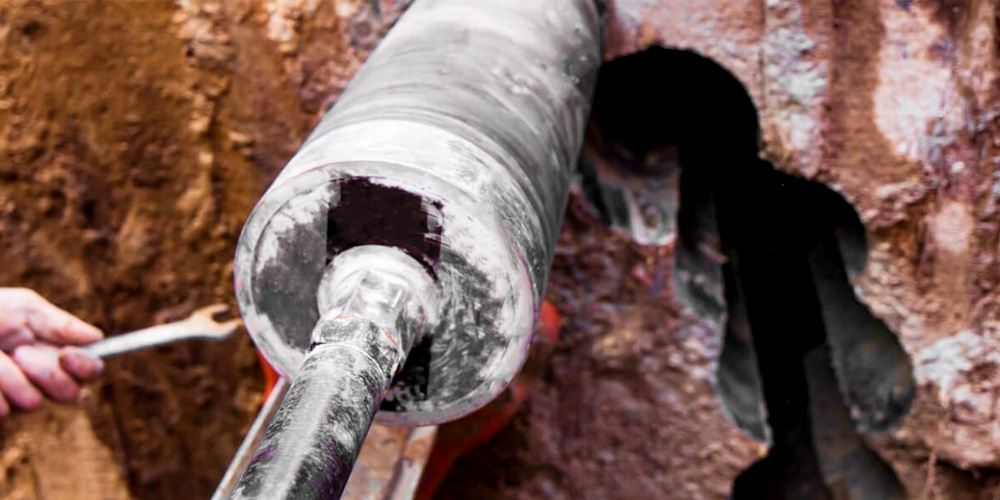 Key Operational Considerations for Stitch Coring
Key Operational Considerations for Stitch Coring
- Drilling Sequence and Spacing The success of Stitch Coring hinges on designing the drilling sequence and spacing appropriately to ensure that the holes connect accurately, forming neat cutting edges.
- Depth Control Operators need to control the depth of each hole precisely based on the material thickness and requirements to avoid penetrating or damaging other structural layers.
- Cooling and Dust Control Using wet drilling can reduce issues caused by high temperatures and dust. A water cooling system not only extends the drill bit's lifespan but also provides better visibility during operations.
- Stand Stability and Angle Control When performing Stitch Coring on inclined surfaces, it is crucial to ensure that the drill is securely mounted on a stand to prevent misalignment and ensure precise drilling angles and positions.
- Equipment Inspection and Maintenance Regular checks and cleanliness of the equipment before and after drilling operations are essential to ensure that key components like drill bits and motors are in good condition.
Conclusion
Stitch Coring technology is not just an extension of traditional drilling methods; it offers a more flexible and low-impact choice for complex drilling tasks. As the construction industry increasingly moves toward high-precision work, Stitch Coring has gained widespread recognition for its unique capabilities. Whether for retrofitting existing structures or launching new projects, it provides reliable and efficient solutions.
